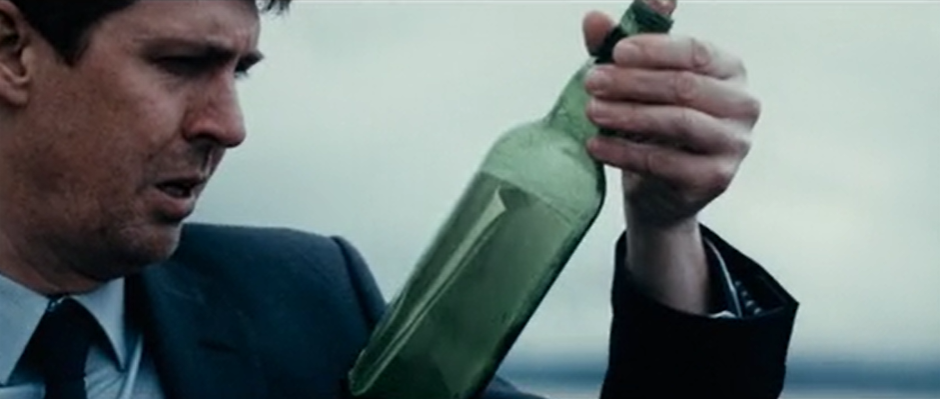Effective Contributors
Curriculum for Excellence also aims to enable all young people to become effective contributors with:
- an enterprising attitude
- resilience
- self-reliance
Screen work can help make that a reality. Analysing, discussing, exploring and creating screen texts is a great way to build teamwork, critical thinking, independence and problem solving skills. In particular it can deliver on these key abilities:
- communicating in different ways and in different settings
- working in partnership and in teams
- taking the initiative and lead
- applying critical thinking in new contexts
- creating and developing
- solving problems
communicating in different ways and settings
By exploring editing software such as iMovie, children recognise that there is more than one way to communicate a story or message.
Comparing books and films reveals an understanding that the structure of telling a story or transmitting information is similar in any medium.
In practical filmmaking projects, pupils often have to deal with outside agencies or organisations to secure permissions to film, access to locations, research ideas, etc.
- Children use a variety of media to convey thoughts and ideas
- Children have opportunities to communicate with others and develop audience awareness
able to work in partnership and teams
Screen education provides opportunities for children to work in pairs, small groups and as a whole class across all aspects of the curriculum.
- Peer assessment of written tasks
- Collaborative story planning
- Group discussion surrounding analysis of film
- Storyboarding
- Designing and creating
- Animating
- Editing
- Inventing music
taking initiative and lead
By undertaking creative filmmaking projects, pupils can assume and carry out roles and responsibilities. Class decisions are made about planning the film; auditioning for parts/voices; allocation of roles and responsibilities.
• Assume and carry out specific roles and responsibilities • Reporting back to group or acting as spokesperson • Quality control
applying critical thinking in new contexts
After watching and analysing a short film, pupils can go on to complete writing tasks. Other reports can be presented in written form, in scripts, on storyboards or in the form of a PowerPoint. Pupils can present their slide shows to their peers.
This use of IT, as a medium for presenting writing tasks, showcases both the transferable skills and the strong cross-curricular links which are embedded in the approach to literacy teaching through screen education.
During analysis of screen texts, pupils are encouraged to distinguish between fact and opinion, to consider cause and effect and to take account of different viewpoints.
creating and developing
Children can be given opportunities to create and develop by responding to a screen text as a stimulus for imaginative, personal or functional writing. Pupils can be given responsibility for creating and developing the narrative, characters and setting for both group/individual writing activities and the creative film-making process.
Whilst watching films, pupils have to recognise the importance of the music in creating atmosphere, deciding whether the music was appropriate and effective in each film. This then links to their own filmmaking. When using GarageBand, children with different levels of musical knowledge can to work together and share ideas to explore sound, use instruments, create and design, listen and reflect, evaluate, communicate and present.
Pupils have full responsibility for creating and developing the narrative, artwork and music for their own film.
solving problems
In taking ownership of a filmmaking project, the onus is on the pupils to identify and solve any problems arising. Children should be encouraged to use discussion and democratic voting to solve any issues arising. Using various problem-solving strategies, pupils can evaluate and test possible solutions. Strategies include working together, making models/pictures, lists/tables and guess, check and improve. Pupils have to moderate their own ideas in the light of practical limitations such as resources, time, equipment and the medium used – animation or live filming.
During discussion and analysis, children are encouraged to develop their own ideas and the ideas of others.

![Still from 'Grandmother Cricket [Abuela Grillo]' Colourful animation still. A woman holds a green pod out to a small girl help in her father's arms.](https://screeningshorts.org.uk/sites/default/files/Screenshot%202022-05-26%20150945.png)